Planting a couple of chili pepper plants in your garden is a sure way to spice up your cooking. Chili peppers are usually hot and some varieties can cause an uncomfortable burning sensation. The immature chilies are green, which means the green chilies on the plant will eventually turn red and become spicier.
Types of Chili Peppers
Chili peppers are considered a warm season vegetable. Chili peppers are native to South and Central America and have been cultivated for thousands of years. Chili peppers cover the spectrum of hotness and pungency. The Scoville Heat Index measure the hotness of peppers. Peppers with a low Scoville number are mildly hot. The higher the Scoville rating, the hotter the pepper.
These chili peppers will grow well in the home garden:
- Mild: Sweet bell pepper, pepperoncini and aji panca.
- Medium: Cubanelle, paprika, Santa Fe Grande andAnaheim.
- Hot: Pasilla, poblano, ancho, jalapeno, chipotle, Hungarian wax, serrano, tabasco pepper, cayenne and habanero
Planting Chili Pepper Plants
Most people will only need one or two plants of a variety of chili pepper. Chili peppers can either be grown in the garden or in containers. When choosing a location for a chili pepper plant, locate plants away from traffic areas such as patios and walkways. Chili peppers are colorful, attract attention and are burning hot. Keep plants out of reach of children and family pets.
If you want grow some chili peppers. Chili peppers can be started from either seeds or transplants. When starting from seed, start the plants indoors in a sunny location. Transplants can be purchased from a garden center. Young plants can be kept indoors until early spring after the last frost date for your area.
Here are some chili pepper growing tips:
- Plants grow best when nighttime temperatures are above 60 degrees F.
- Plants will not set fruit when temperatures rise above 90 degrees F.
- Plant in an area that receives full sun but is sheltered from the wind.
- Plant in well-drained fertile soil.
- Do not plant in an area that had peppers, tomatoes, eggplant, potatoes or tomatillos growing the previous year.
- When growing chili peppers in wet areas, plant in raised beds or containers to provide adequate drainage.
- Spread a thick layer of mulch around the plant to keep the soil warm.
- Plants will begin producing mature green fruit in about 100 days and red fruit in 140 days.


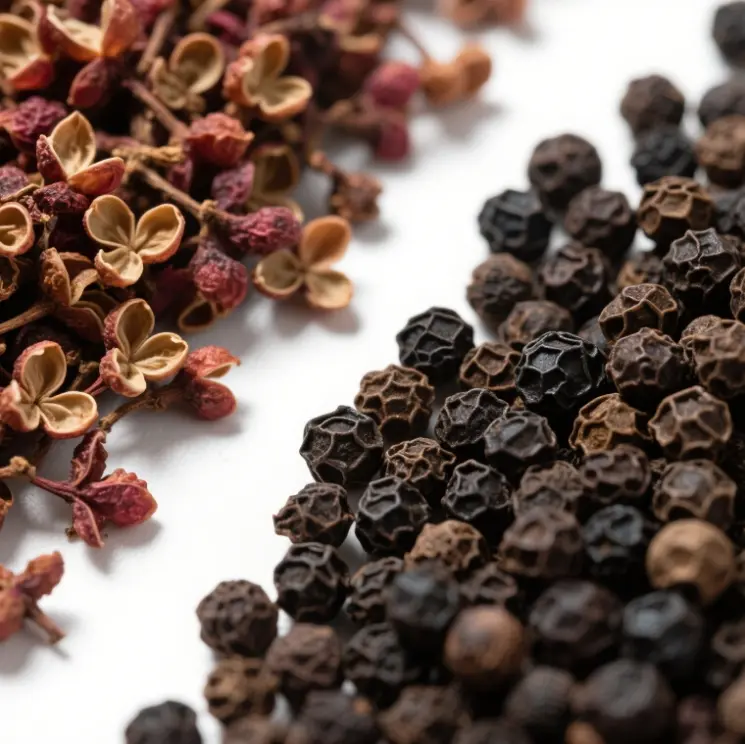
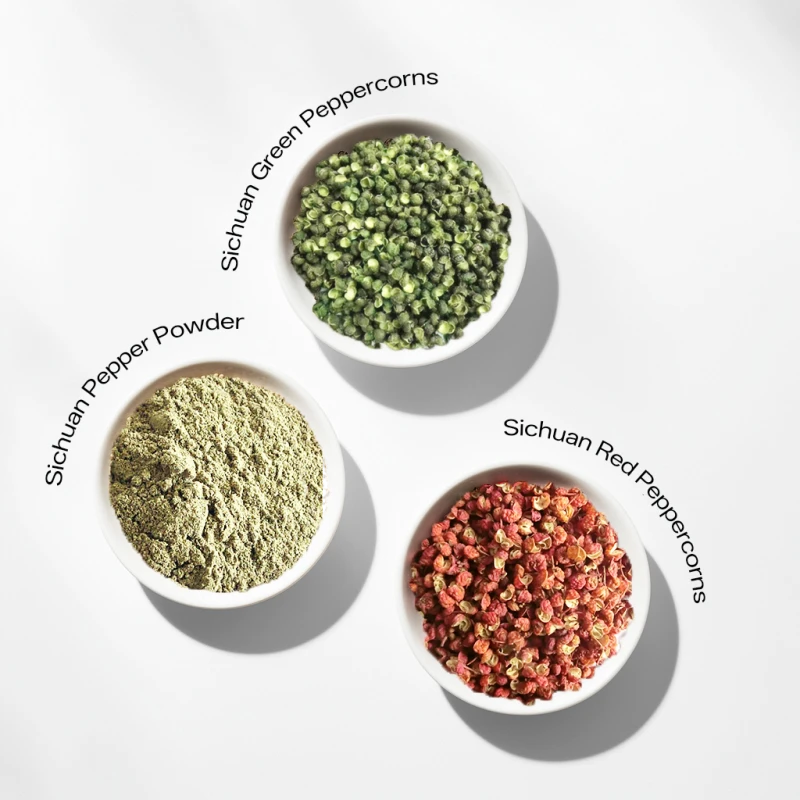
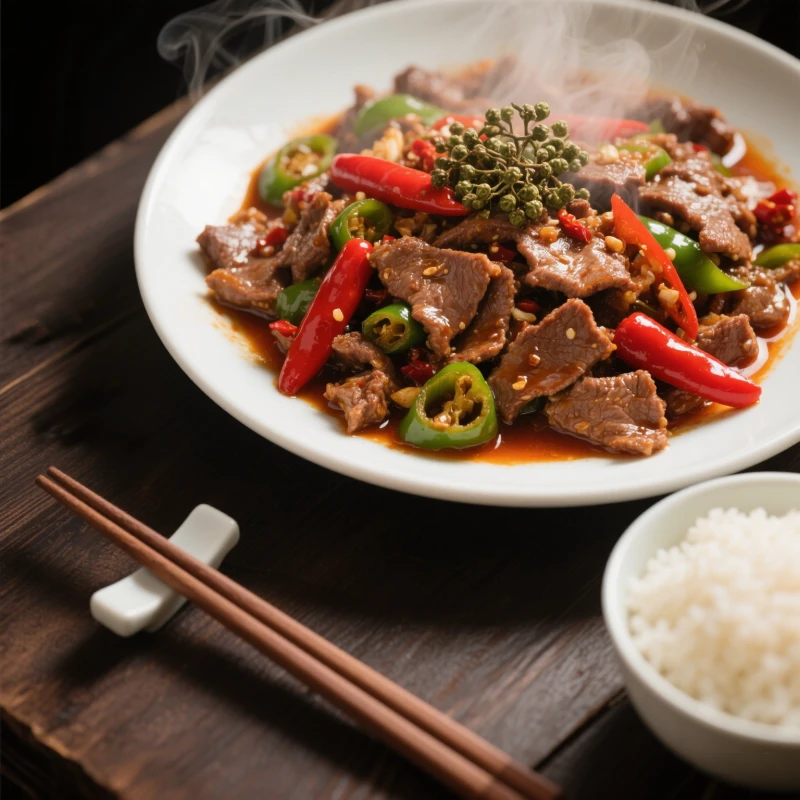
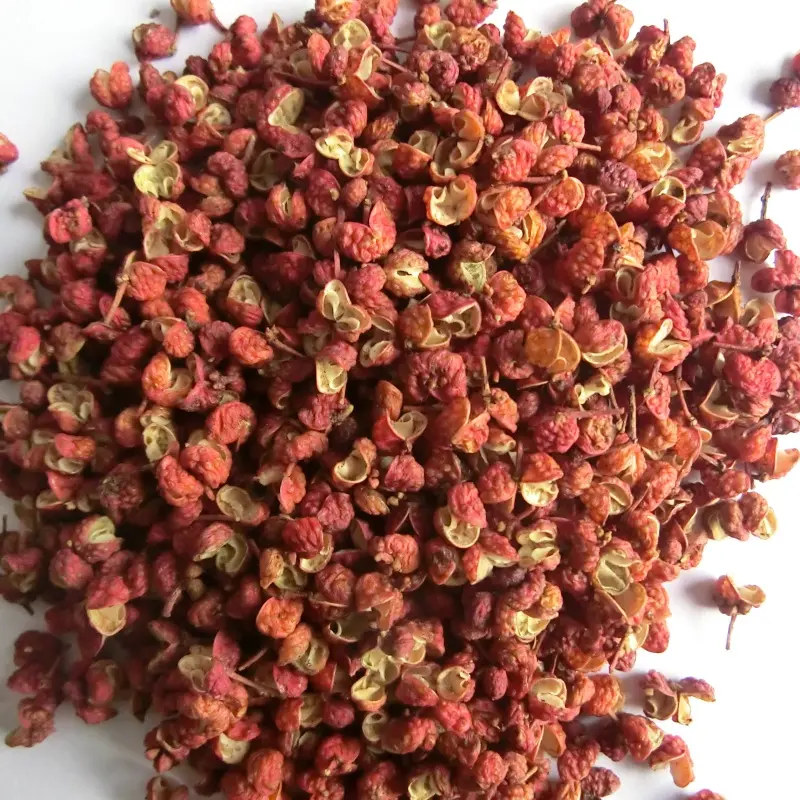
811.webp)
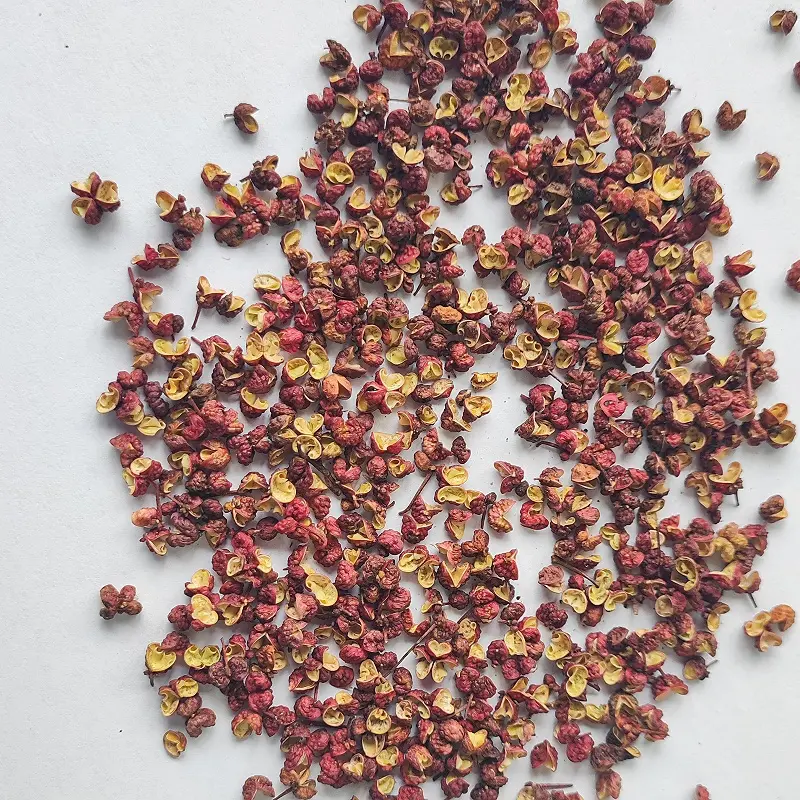
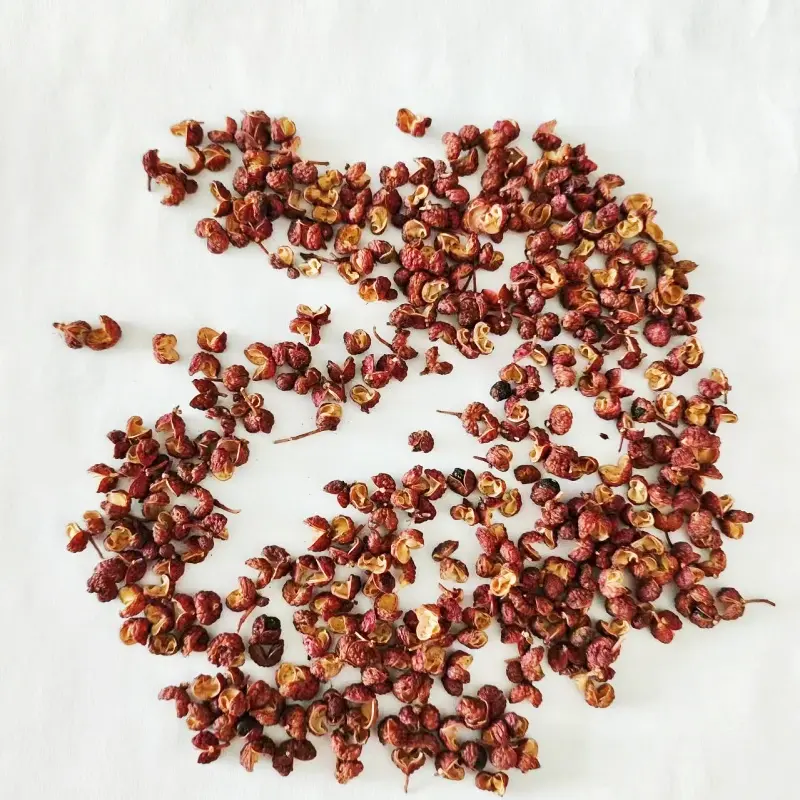
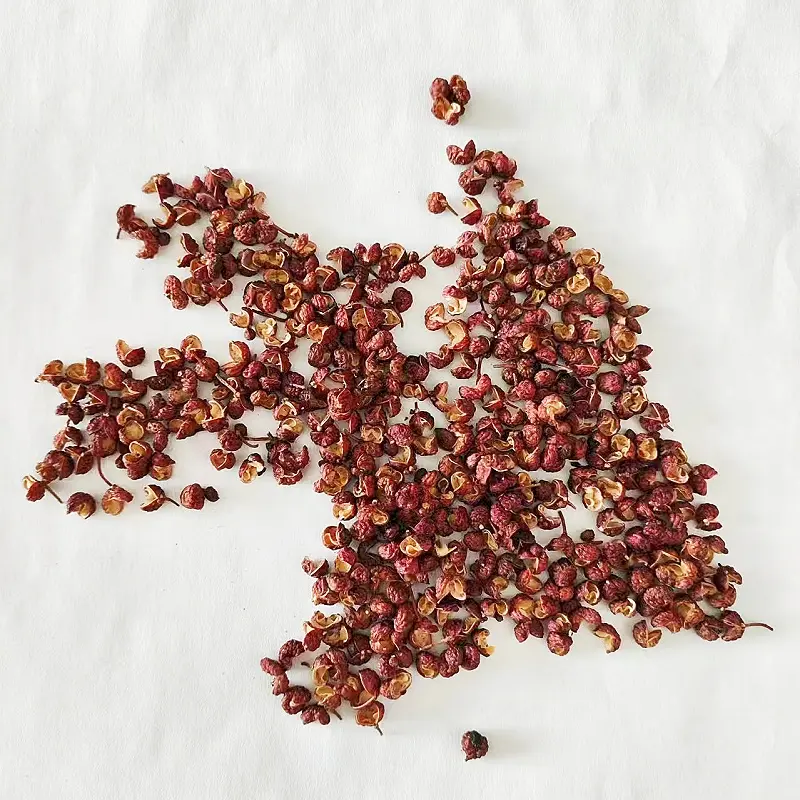
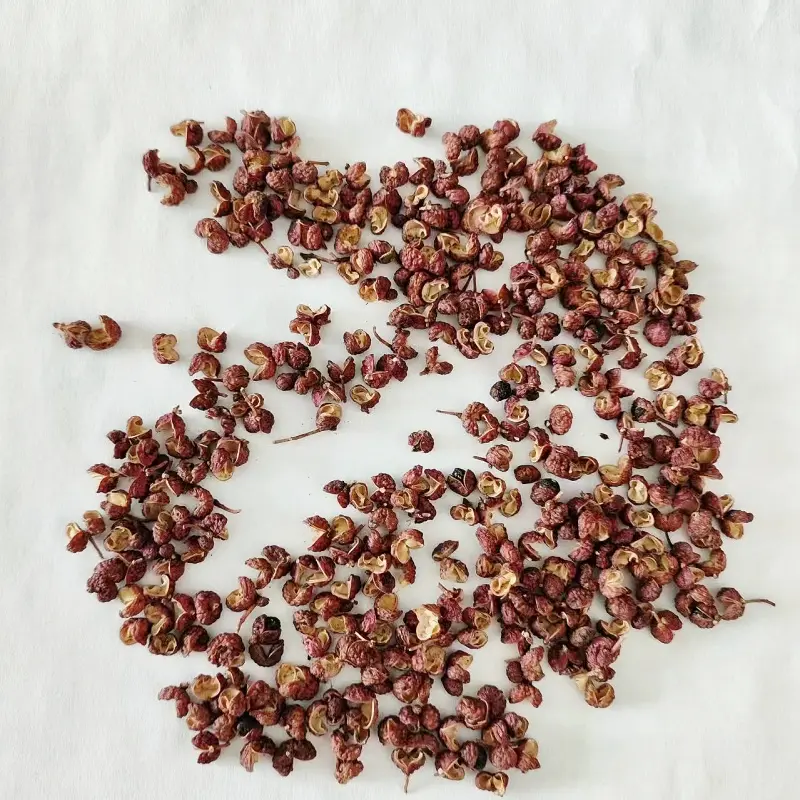
114.webp)
